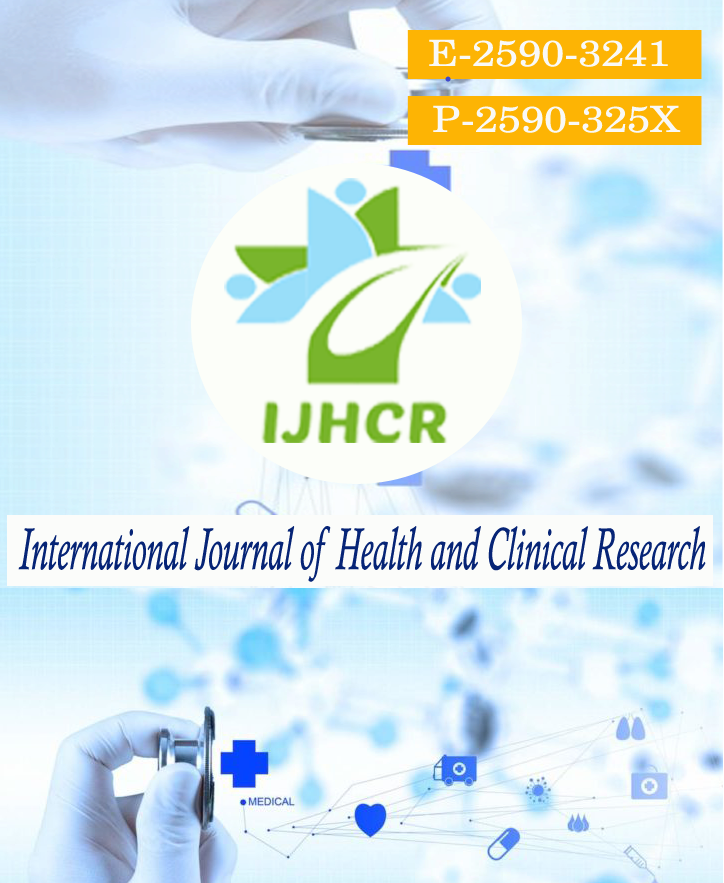Bacteriological profile and antibiotic sensitivity of pus isolates in patients at Regional Hospital Center of Franceville in Gabon
Keywords:
Pyogenic bacteria, susceptibility, multi-resistance, combination of antibiotics,interaction.Abstract
Background:Bacterial resistance to antibiotics is a public health problem, it is a threat to the future. It compromises the effectiveness of antibiotic treatment and is constantly increasing worldwide. This work has been highlighted by the profile and sensitivity of pyogenic bacteria isolated at Franceville Regional Hospital Center. Methods:Effective antibiotic strategy, suppurations from the wounds of 530 patients were collected and analyzed. Biochemical identification of isolated bacterial strains was performed with Api 10s galleries and verified using Vitek-2 system. The Kirby-Bauer technic was used to perform the antibiogram. Five antibiotics were first tested in a simple way and then combined in pairs. Results:360 samples showed bacterial strains and 170 were sterile cultures. 360 microorganisms were isolated, of which 230 strains came from hospitalization surgery, 110 from minor surgery and 20 from medicine.The bacterial families identified are Enterobacteriaceae, Moraxellaceae, Pseudomonadaceae, Streptococcaceae and Xanthomonadaceae. Enterobacterizceae is the most common family with 64.69% and has revealed 7 genera Citrobacter, Enterobacter, Escherichia, Klebsiella, Serratia, Yersinia and Proteus 65% antibiotic sensitivity of simple antibiotics showed the best sensitivities with Ciprofloxacin and Ofloxacin a resistance rate 31.25%, 100% unlike Amoxicillin and Metronidazole. Ceftazidim was not very active on bacterial strains with a resistance rate of 93.75%. The interactions between antibiotics combined gave antagonistic, synergistic, indifferent and additive effects. The indifferent effect was much more observed (44 cases), in contrast to the additive effect which represented only 23 cases. The antagonic and synergistic effects were reported in 14 cases. Combined Amoxicillin and Metronidazole, Ceftazidim antibiotics showed good activity on bacterial strains, with good synergy and additive effect, or were not combined. Conclusion:The emergence of bacteria is major global problem multi-resistance. The rationalization of the prescription of antibiotics, especially Ofloxacin and Ciprofloxacin, and the optimization of bacteriological prescriptions are desirable in surgical services. However, rigor in dispensing pharmacies and the rational use of these antibiotics are essential to avoid the emergence of resistance phenomena.






 All articles published in International Journal of Health and Clinical Research are licensed under a
All articles published in International Journal of Health and Clinical Research are licensed under a 